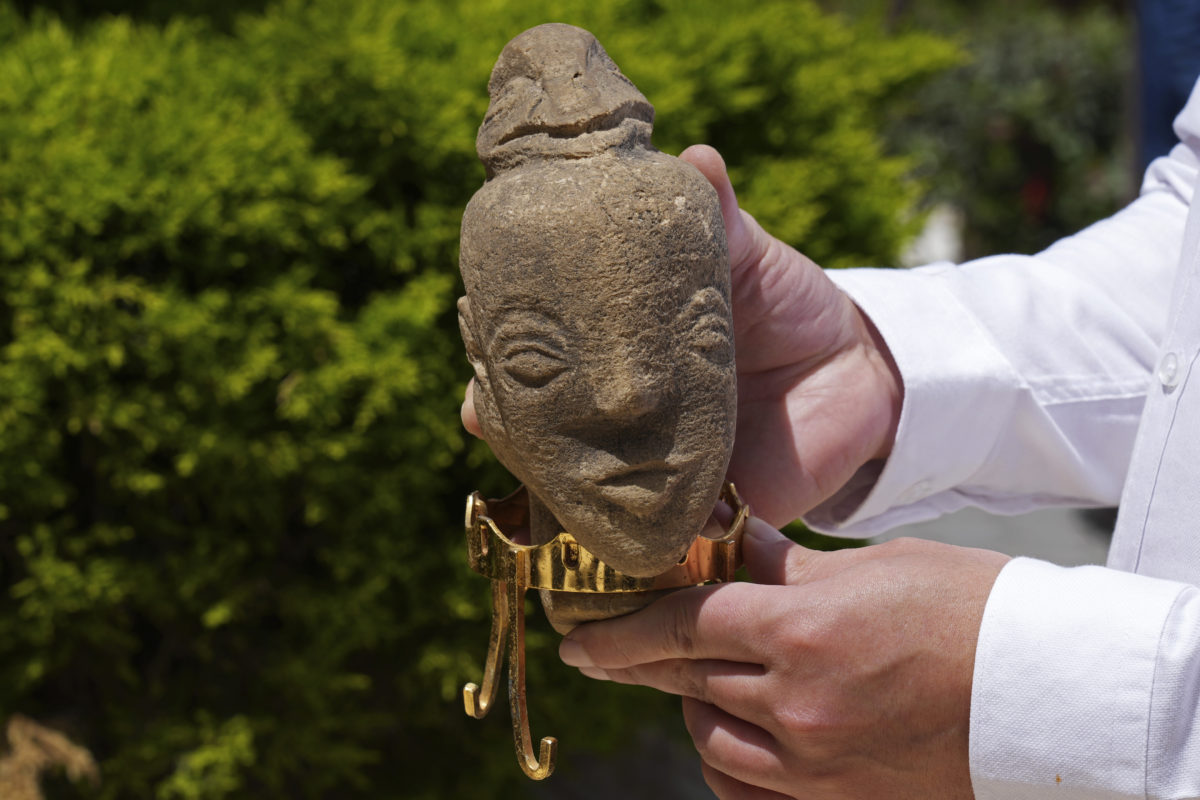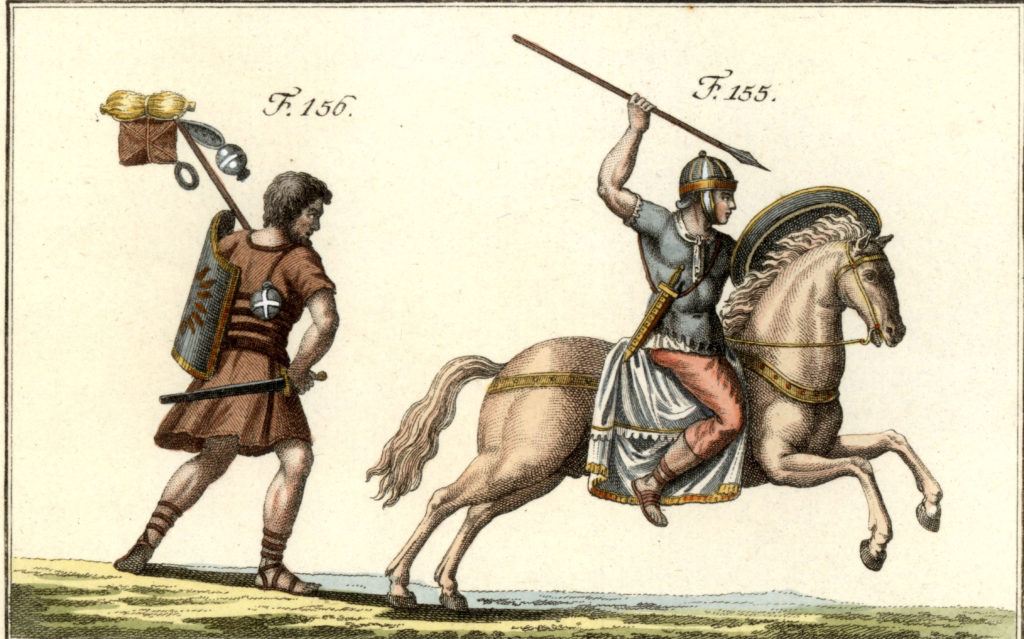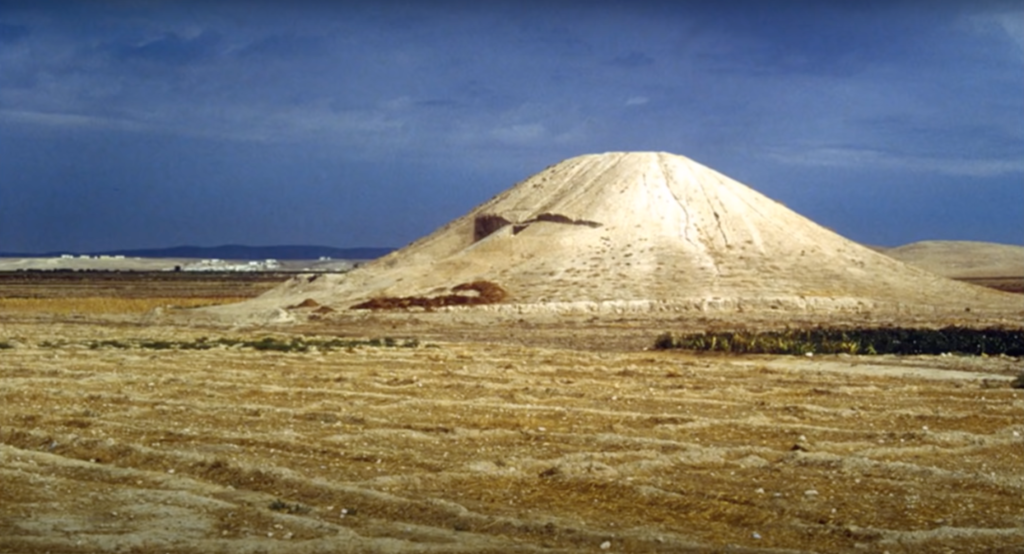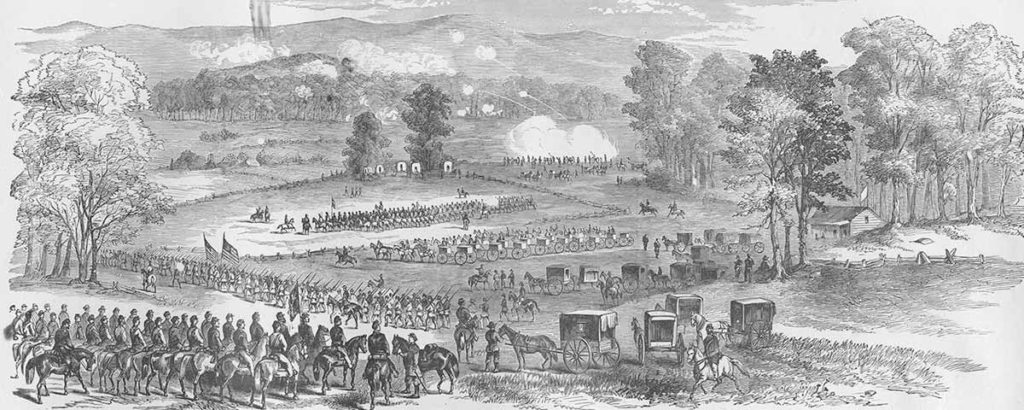An ancient Canaanite war goddess’s carved limestone head was unearthed after 4,500 years when a Gaza Strip farmer came across it while plowing his property, according to Palestinian archaeologists. The sculpture, found in the Qarara area east of Khan Younis, dates from the Bronze Age and depicts the goddess Anat, so revered for her fierce character that she was adopted by Egypt’s warrior pharaoh Ramses II as his special patron.
Recommended for you
The statue, which stands about 8.7 inches tall, is now on display at Qasr al-Basha, a local museum in Gaza, where it was unveiled to the public for the first time this week.
“What caught our attention is the inscription of the snake on the head, which means it is very important,” said Nidal Abu Eid, the farmer who made the incredible discovery, according to NBC News.
The Canaanites lived in what is now Israel, Palestine, Lebanon, Jordan and Syria about 4,000 years ago, and are mentioned frequently in the Bible, often as enemies of the Israelites.
Anat, arguably one of the most famous of the Canaanite deities, is among the few ancient goddesses known for her fiery demeanor despite being also depicted as a goddess of love and sexuality. Portrayed as ferocious in battle, she was described by ancient sources as hacking her enemies to pieces, wading through gore on the battlefield and impaling enemies with arrows from her powerful bow. Depictions of Anat are reputed to have influenced the persona of the Greek goddess Athena.
Worship of Anat spread to Egypt, where the goddess became associated with royalty under the reign of Ramses II, famed for his military campaigns and climactic struggle against the Hittites at the Battle of Kadesh. Ramses II was so fond of Anat that he named his daughter, his dog, and even his weapons after her. He was frequently depicted with the goddess in art.
historynet magazines
Our 9 best-selling history titles feature in-depth storytelling and iconic imagery to engage and inform on the people, the wars, and the events that shaped America and the world.









